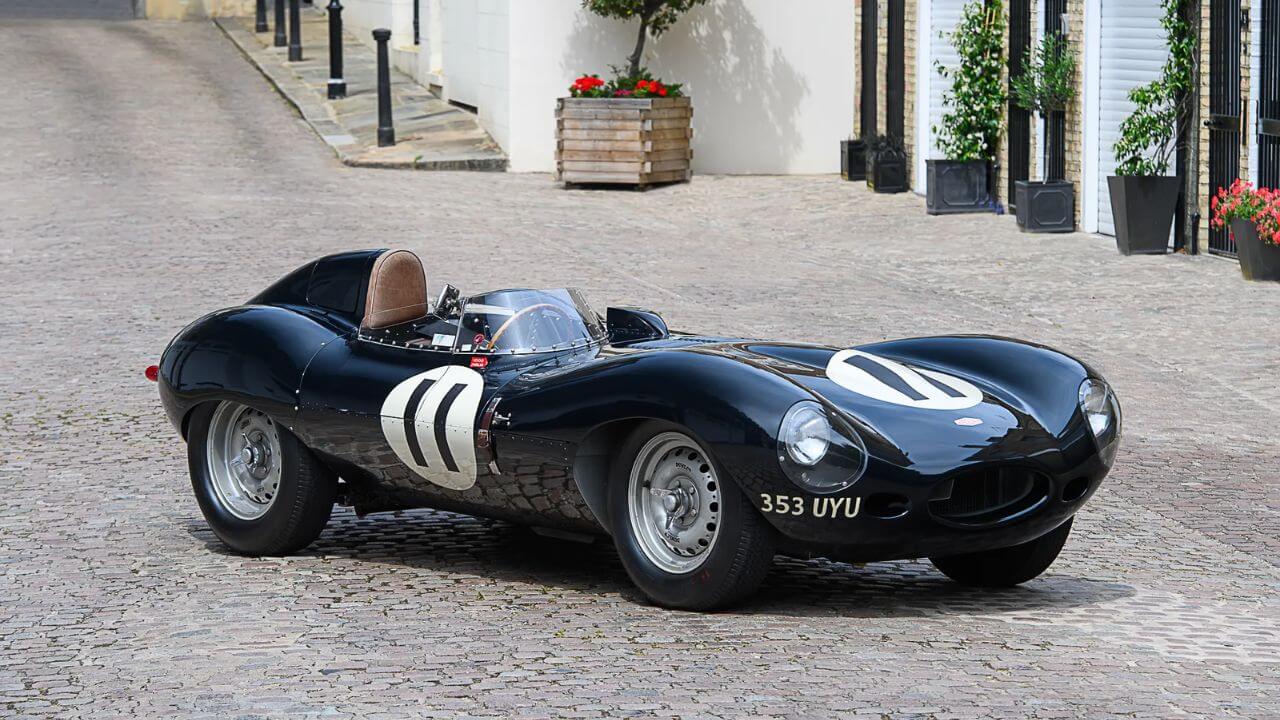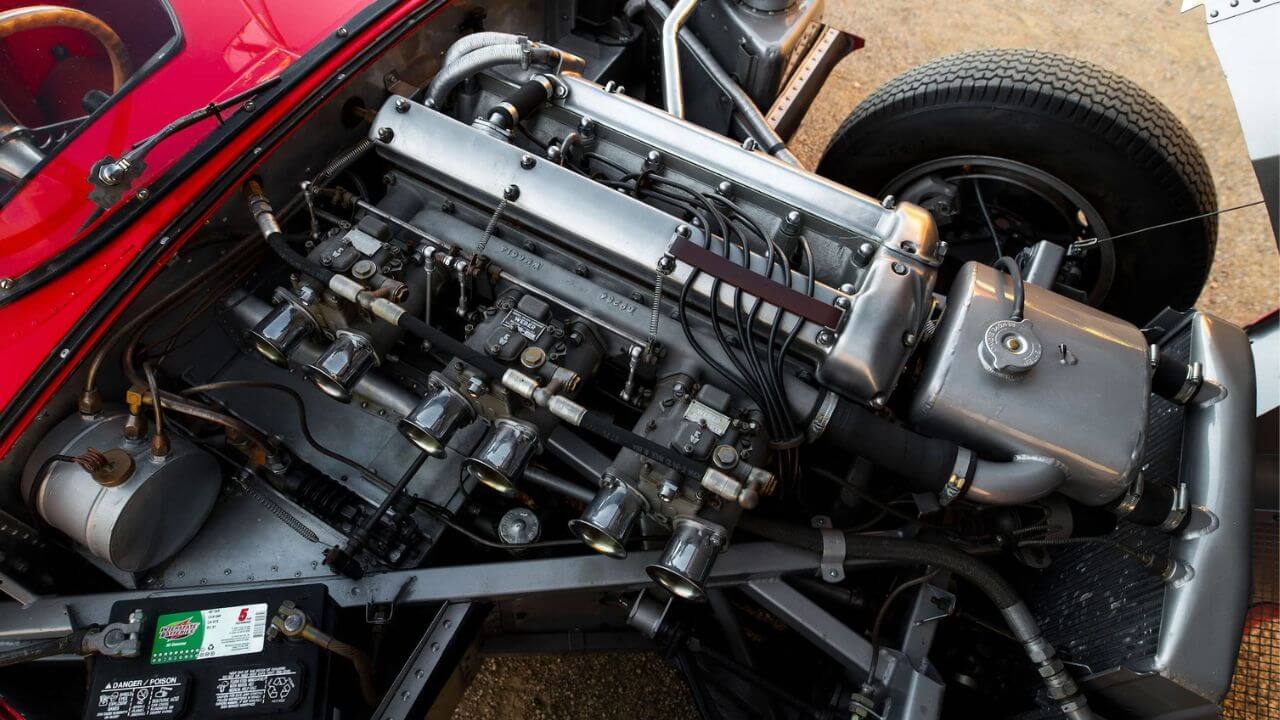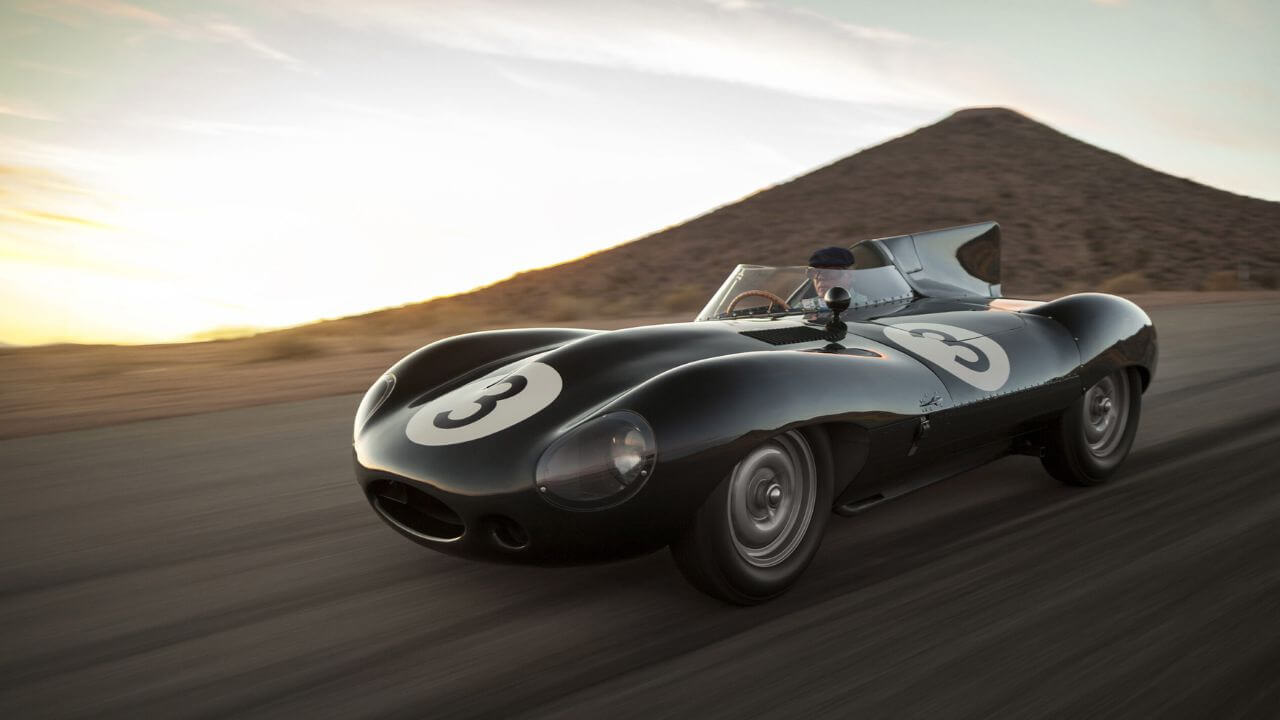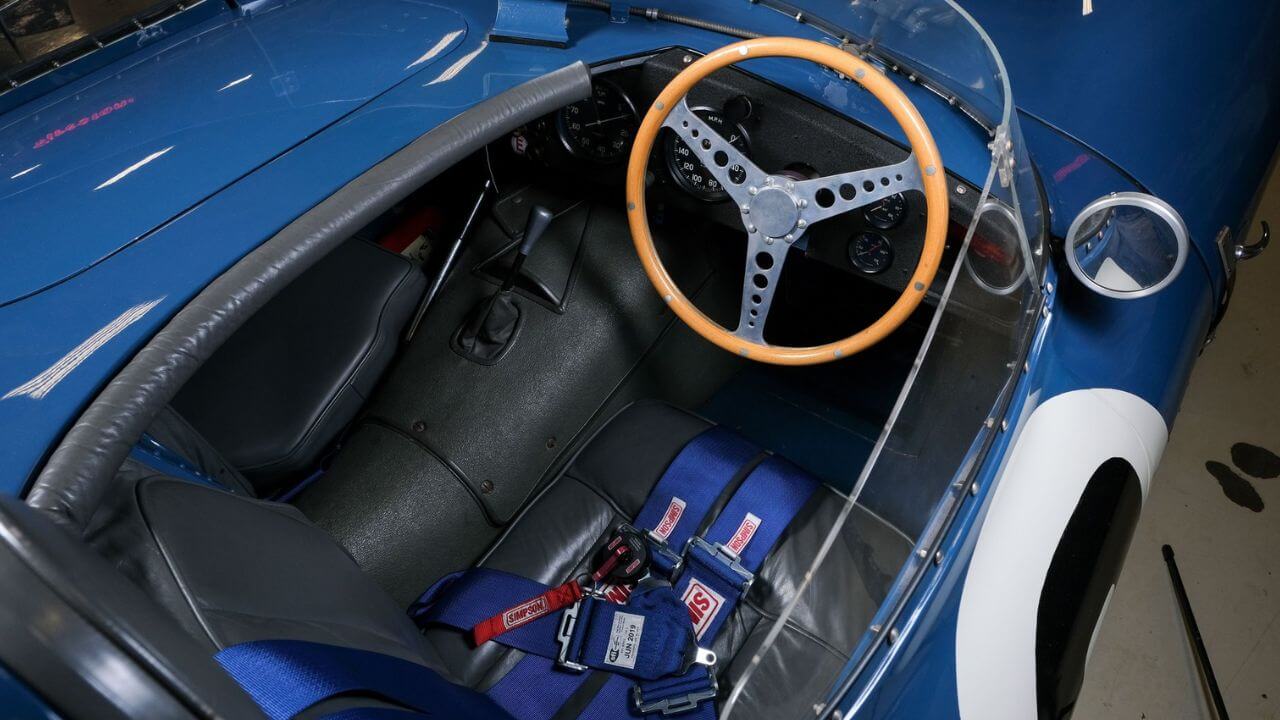The effect of the Jaguar D Type on racing, engineering, and car design explored
The Birth of an Icon
Jaguar D Type is one of the best race cars in the history of the auto industry. A perfect blend of advanced engineering, the highest standards of aerodynamics and sheer beauty, the D-Type put Jaguar on the map in terms of its prowess and its innovation. This was manufactured during the 1950s as a direct answer to the ever more demanding requirements of competitive racing. Jaguar investment in the D-Type did not only raise its profile in the motorsport world but, it also preached the future achievements of the brand in car design. The legacy of the D-Type can be felt even in the contemporary performance cars, as well as it still being a highly desired collector car. In this article we will examine the Jaguar D Type in detail, starting with its revolutionary engineering and continuing on to its enduring influence both on racing and vehicle design.
The Birth of the Jaguar D Type: A New Revolutionary Racing car

One of the main concerns of Jaguar was to create a vehicle that could match the achievements of the C-Type and this was to be done by its chief engineer, William Heynes. The lightweight body of the D-Type made of aluminum was one of the most important moves in the evolution of the vehicle. Not only did this design option cut the weight of the car, but also made it stronger and durable. The aerodynamicist who worked in Jaguar, Malcolm Sayer, was quite instrumental in the design of the type D body shape that helped to increase the speed stability of the type D.
The Jaguar D-Type was not like many of the other car designs of the day because it is aerodynamically focused. The low-slung, wide layout provided a low resistance in passing through the air resulting in the D-Type having a great advantage over the other racing cars of the era. This interest in aerodynamics of their engineers predetermined the further engineering advancements in design of racing cars.
Engine and Performance: The heart of the Jaguar D Type

The engine had a capacity of about 250 horsepower that was sufficient to drive the car to high speeds that exceeded 170 mph. The powertrain of the car in combination with the lightweight body and its superior aerodynamics opportunity enabled D-Type to beat most of its competitors during endurance races. This was essential in the 24 Hours of Le Mans race where the car had the capacity of holding high speeds over long distances and without overheating or mechanical breakdowns which meant the car could easily contend with its rivals.
Jaguar was serious about racing and it reflected on the D-Type in all its components. Even the engine and the suspension were tweaked to the optimal level so that the D-Type was a true racing car.
Aerodynamics and Design: Streamlined Exterior of the D Type

The form of the D-Type is streamlined and sleek, which would cut through the air quite easily, letting it achieve greater speeds and being predictable in the way it handled. It is also necessary to take into consideration the low and long figure of the car in order to lessen drag, which made it competitive in endurance racing. That styling turned the D-Type into a beauty at the track that could be described as featuring flowing lines and dynamic posture that conveyed its high performance capabilities even when standing still.
Along with the tail fin, the design of the D-Type featured wide stance, low end, and narrow cockpit to minimise the air resistance. The rear of the car was made as narrow as possible which assisted in making the air flow across the body of the car and keeps the car as stable as possible, even at higher speeds.
Racing legacy: The D-Type succeeds at Le Mans
Jaguar D-Type will probably be remembered in connection with excellent performance results demonstrated by the car at 24 Hours of Le Mans, where this model won three times (1955-1957). The victories contributed to the permanence of Jaguar in motorsport history and gave the D-Type extensive attention as one of the most successful race cars of the day.
The reliability, as well as the performance of the D-Type in such races was unrivaled. The D-Type could also withstand the tough 24-hour race at high speeds with minimal mechanical problems thanks to its lightweight design, high quality aerodynamics and technologically advanced ingenuity. All of which contributed to the fact that the D-Type was a staple of the drivers and a worldwide synonym of the racing legacy of Jaguar.
It was this creation of engineering perfection and the innovativeness of the design that lead Jaguar at le Mans due to the D-Type. This is when Jaguar reached the peak of their racing competitions and acted as a startup where developments are based in the future of motorsport and the commercial car design.
Interior and Comfort: A Racer, and More Such

The cockpit itself was tight to hold the driver in his place with as much control over the vehicle as possible. The steering wheel was at the center of the Race car and the dashboard was minimal and only has the necessary instruments needed in racing. The seats were usually created in terms of performance rather than comfort and racing harnesses were employed to ensure the driver was well-strapped in times of high speed actions.
Although the interior was utilitarian and built to do work, the interior also subliminally represented the D-Type racing background. Each component including gear shift and pedals was developed in order to be efficient and controllable.
The Jaguar D-Type; the Life that Continues
Jaguar D-type was produced as a custom variant and only 75 vehicles were built in 1954-1957. The D-Type has marked one of the greatest impressions in the history of both motorsports and the automobile industry even though it is a rare type of car. It is now regarded as one of the most coveted classic cars and cars have routinely sold in the millions at auctions.
D-Type has had a far-reaching impact as compared to their race victories. It was innovative in its design and especially its aerodynamic body and lightweight that entered into the forthcoming generations of sports cars. D-Type captured all the principles of performance and engineering which are still evident among the current high-performance models of Jaguar.
Besides, the D-Type legacy exists in modern racing where the vehicle success has continued to influence the design of the current racing cars. The model inside the D-Type that was radical in its development of aerodynamics and performance engineering transformed the motorsport scene and marked a lasting memory in the automotive industry.
Results: Long-Lasting Effect of Jaguar D-Type
Jaguar D-Type is not only the racing automobile but the sign of engineering perfection and innovation. It was one of the most successful race cars ever made due to its success at the 24 Hours of Le Mans as well as its innovative design and legacy in the world of motorsport and the commercially driven development of cars in general. Jaguar D-Type was early in its design and performance and its mark is felt on the high performance vehicles of today. Whether it will be in the museum or in a personal collection or on the track, the D-Type continues to serve as a reminder of the excellence of engineering that Jaguar has defied.

